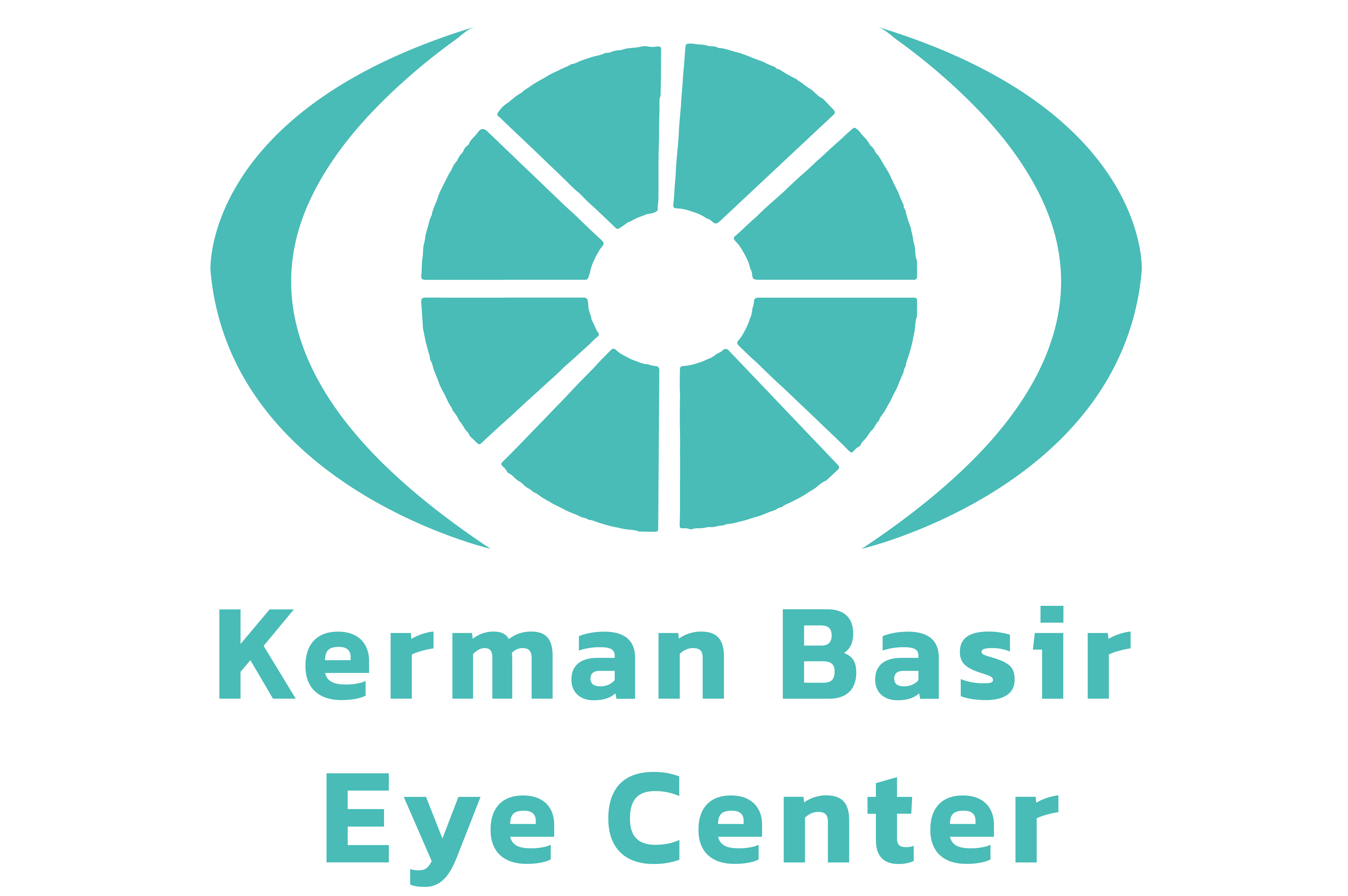From the point of view of aesthetics, the eyes are the most important part of the face; They also show a person’s approximate age and reflect his emotional and mood states, and unfortunately, the eyes and of course the eyelids show signs of aging earlier than other parts of the body. Eyelid plastic surgery, which is called blepharoplasty, is performed to remove puffy eyelids, their excess skin, and in some cases to correct the dimples of the eyelids, and its main purpose is to rejuvenate people’s faces.
Who are candidates for eyelid cosmetic surgery?
The best candidates for eyelid cosmetic surgery are people who are at least 35 years old and the sagging skin of the eyelid or puffiness under the eyes has caused unpleasant changes in their face (although in exceptional cases, younger people who experience the above problems for special reasons) have done can also do this). To perform this surgery, a person must be healthy in general and not have any special disease. He should also have realistic expectations of the surgery and its results; In this regard, seeing other people’s before and after surgery pictures and consulting with those who have already undergone surgery can be helpful.
It should be noted that blepharoplasty surgery does not improve the following:
Black circles around the eyes
A wrinkle around the eyelid, between the two eyebrows and the forehead (botox injection is a suitable method to correct these cases)
Eyebrow drooping that requires additional or separate surgery.
Procedures before eyelid cosmetic surgery
Before surgery, a detailed ophthalmological examination is necessary. Determining the power of vision, checking the condition of the tear film, checking the eye movements and motor and sensory nerves of the eye and face, checking the condition of the eyebrows and their similarity are among the examinations that should be done. In case of any special disease, drug sensitivity or use of certain drugs, you should also inform the treating ophthalmologist. It is also necessary to stop the use of blood thinners, including aspirin and the like, according to the doctor’s opinion, from 10 days to 2 weeks before the operation.
Eyelid beauty procedure
Usually, this surgery is performed on an outpatient basis and almost always with local anesthesia, and there is no need to be hospitalized. In very exceptional cases, depending on the patient’s condition and at the discretion of the ophthalmologist, the patient may be completely unconscious.
Upper eyelid surgery
In upper eyelid surgery, excess skin, muscle, and fat bags (which appear as puffiness, especially in the inner part) are removed by a surgical knife, laser, or radio waves, based on the surgeon’s choice. If there is a drooping eyelid, it can be corrected during the operation. This surgery improves the shape and position of the upper eyelid, and if the excess skin or drooping of the eyelid has limited the field of vision, it also removes it and gives the person a younger appearance.
Lower eyelid surgery
In most cases, lower eyelid surgery is performed to correct puffiness under the eyelid. Sometimes this action is done by removing excess fat, sometimes only by moving or spreading them, and sometimes by a combination of both methods. In most cases, the operation is done by creating an incision behind the lower eyelid, and no stitches are needed at the end of the operation. If there is excess skin or loose skin, an incision is made under the eyelash line, and in this way the excess skin and possibly muscle is removed. The incision will be sewn with fine stitches.
Laser or radio waves can also be used in lower eyelid surgery. The advantage of using laser and radio waves is to simultaneously close the bleeding vessels during tissue removal, thereby reducing the possibility of bleeding during and after the operation and its possible risks.
Post-surgery care for eyelid surgery
At the end of the surgery, the cut and sutures are lubricated with ointment, and there is no need to bandage and close the eyes. After the anesthetic wears off, your eyelids may feel tight and painful. This condition is usually mild and can be resolved by taking regular pain relievers, but if you experience any severe pain or loss of vision, be sure to contact your eye doctor. It is usually recommended to use a cold compress for 24 to 48 hours after the operation and keep your head elevated (put some pillows under your head for sleeping). These actions help a lot to control the swelling and bruising of the operation site.
The amount of swelling and dead blood in the operation site is also different for different people, but usually the swelling and bruising reaches the maximum after a few days and resolves within 2 to 4 weeks. Up to one or two weeks after the operation, the eyelids have slight secretions or stickiness. Taking drops prescribed by an ophthalmologist helps to solve these conditions. In the first days after surgery, tears, sensitivity to light, and transient changes in vision (such as mild vision blur or double vision) may occur, which will gradually disappear. Sutures are usually removed 5 to 8 days after the operation.
